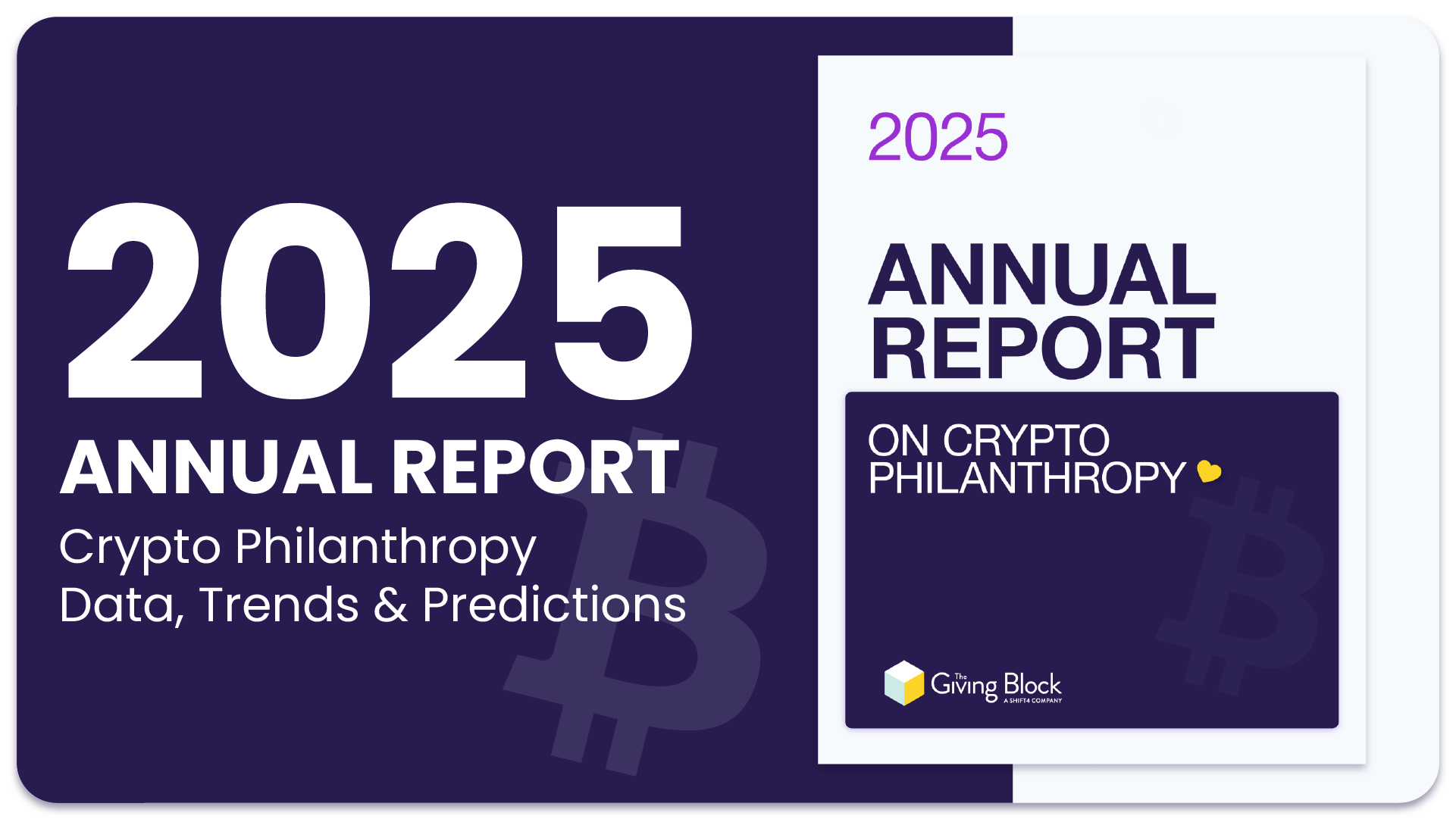An essential aspect to nonprofit fundraising strategies is to proactively prepare for downturns so your nonprofit is able to keep going strong no matter how the economy is doing. It’s impossible to fully predict ups and downs, but there are a few things you can implement into your fundraising strategy at any time to future-proof your organization. These are the best tactics you can use to recession-proof your nonprofit’s fundraising strategy.
1. Plan Your Communications and Be Transparent
In both good times and bad times, it’s important to be transparent with your donors and general nonprofit community. Communicate about the reality of the situation and how things are impacting your nonprofit. Assure your community that your services are still ongoing, and assure donors that they are able to keep supporting your cause.
It can be difficult to be honest if your nonprofit is experiencing hard times, or you may feel like you’re just one of thousands of organizations asking for help. Thoughtful, transparent outreach does make a difference and you can emphasize the challenges your nonprofit is facing while acknowledging that supporters are also facing difficult times.
Start considering now how in the event of an economic downturn, your organization will reframe your messaging and appeals so you can thoughtfully ask for donations. Implement your strategy shift as early as possible; don’t wait until we’re deep in a recession to draft communications about the impact on your organization or rethink your appeals. With a communication plan already in place, you can easily continue to connect with your beneficiaries no matter what’s happening.
2. Diversify Your Revenue Streams
A core aspect to recession-proofing your nonprofit fundraising strategy is to adapt a variety of revenue sources to give your organization as many avenues as possible to raise funds. Nonprofits have to be flexible and adaptive, especially during times of crisis or economic downturn.
You can look to recent trends in the industry and the most up-and-coming charitable fundraising strategies to discover new revenue streams for your organization. How many of these increasingly common donation types does your nonprofit currently accept?
- One-time donations
- Recurring donations
- Legacy donations
- Tribute or memorial donations
- Stock donations
- Crypto donations
- Physical property donations
- In-kind donations
In particular, cryptocurrency donations and charitable NFT projects are becoming increasingly major avenues for fundraising. Some NFT projects have donated hundreds of thousands of dollars to nonprofits, and donating crypto is an especially tax-efficient method of giving. Nearly half of crypto users donate at least $1,000 each year.
Now is a great time to begin accepting cryptocurrency donations and start implementing NFT fundraising so you diversify your revenue streams. Make sure you communicate with your community that you are accepting donations in different ways. Tell them how you are now raising funds and give donors even more opportunities to get involved.
3. Target New Donor Demographics
As you diversify your revenue streams, you’ll likely also be targeting different donor demographics. Pursuing new donor demographics can help you pinpoint new fundraising strategies, especially during an economic downturn.
For example, during a recession, many older people and retirees are more likely to hold onto their money as they become concerned about their income. This is a good time to target younger donors who are feeling less pressured and may be more open to financially contributing to your organization.
Accepting cryptocurrency donations is a great opportunity to connect with this younger donor demographic. The average age of crypto users is 38, while the average donor is 64. The majority of crypto holders are Gen Z and Millennials, opening the door to an entire community that can support your organization.
4. Focus On A Successful Year-End
Year-end giving, from Giving Tuesday to New Year’s Eve, is the biggest time for nonprofits to connect with donors. Even during a challenging year, November and December are critical for donations:
- On Giving Tuesday, nonprofits acquire ten times more donors than on any other day of the year.
- Typically, over 30% of online year-end revenue is raised during the last week of the year.
- 12% of all giving occurs on December 29th, 30th, and 31st.
One of the best things nonprofits can do is to prepare for the year-end giving season ahead of time. Toward the end of the summer and in early fall, start brainstorming year-end fundraising opportunities and craft your year-end appeals. Design email campaigns and make sure your online donation page is easy to find. Over half of nonprofits begin to plan their year-end fundraising strategies in October.
Even during recessions, the year’s end is a major time for donations. By preparing as much as you can for this essential time of year, you can maximize its impact for funding.
5. Convert One-Time Donors Into Recurring or Major Donors
During economic downturns, your donor relationships and leads are more important than ever. To help recession-proof your nonprofit, focus on strengthening donor relationships so people will continue to contribute to your organization no matter what’s happening. By strengthening these connections beforehand, you’ll have a group of donors you know you can rely on when times are hard.
To convert one-time donors into recurring donors, you can ask them to:
- Increase their giving frequency for the next few months. Emphasize that they may choose an amount and frequency that works for them. Provide options such as giving weekly, bi-weekly, or monthly to accommodate a range of financial situations.
- Recruit other people they know to start a recurring gift with your organization.
- Break up their annual or year-end gift to a monthly recurring donation instead that begins now, rather than waiting until November or December.
- Make further donations on behalf of a loved one or to mark a celebration.
All donors should feel appreciated and that they are your cause’s advocates, not simply its patrons. By strengthening your donor relationships and establishing recurring donors, you can create a robust community to rely on during tough times.
Future-Proofing Your Nonprofit
Whether you’ve had to find new methods of fundraising or are tweaking your messaging to donors, the key to weather economic storms is to be proactive. Don’t wait until the moment a recession hits–prepare constantly for those times when inflation might be high or donation volume and engagement is low.
By identifying the changes that work for your organization and implementing these in your fundraising strategies now, you can recession-proof your nonprofit and ensure your organization’s ability to weather future storms.
Want more tips on recession-proofing your nonprofit with cryptocurrency fundraising and insight into trends within the industry? Sign up for The Giving Block’s Email Newsletter and get the latest information and advice in your inbox every week. Staying on top of what’s happening can help you implement proactive strategies that sustain your organization for the long term.



















